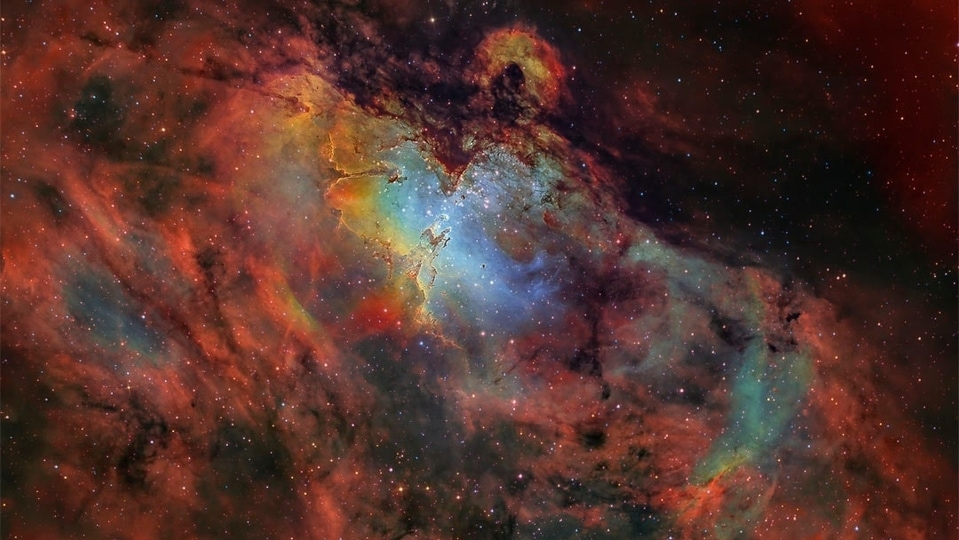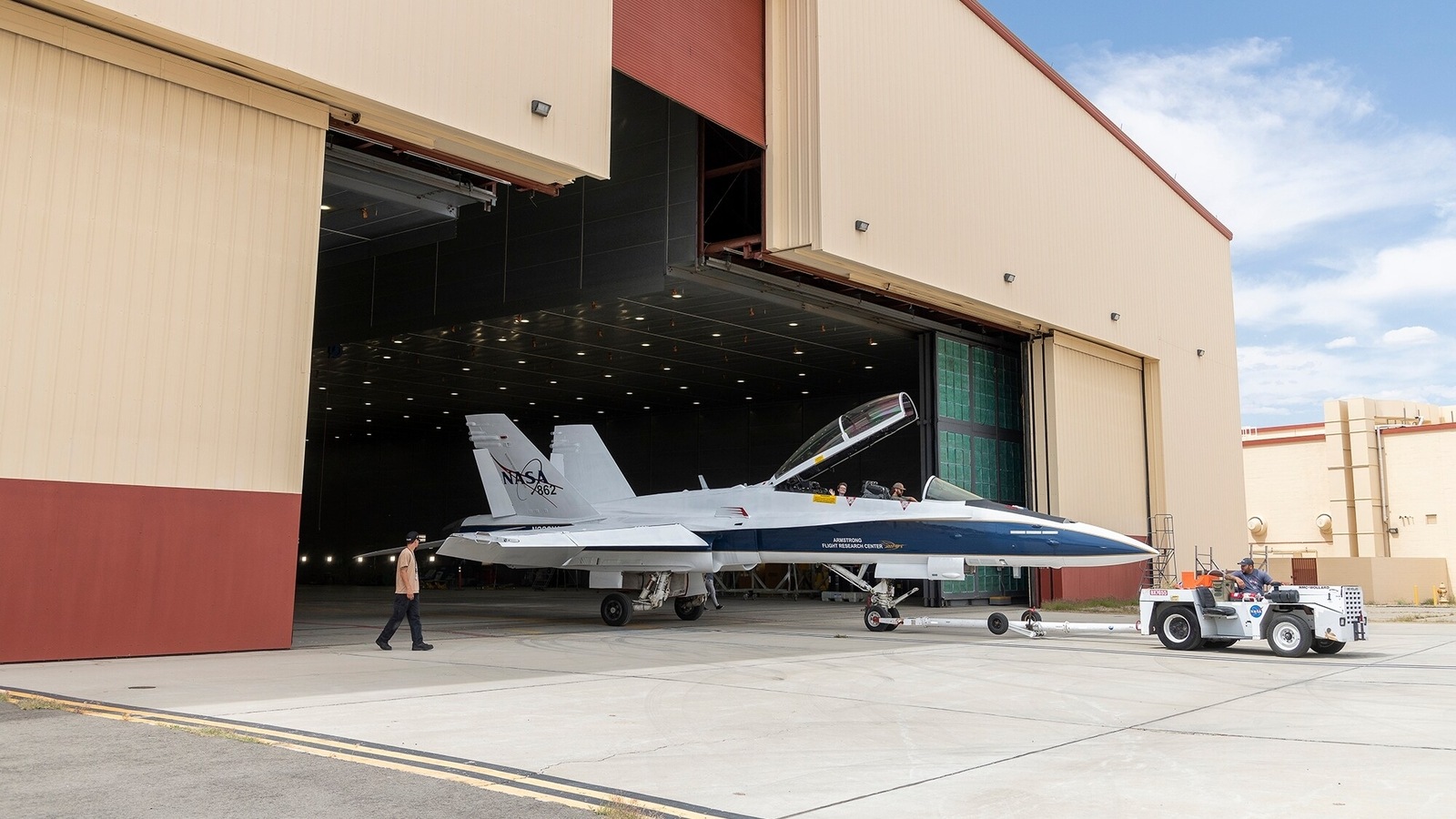NASA's F/A-18 'fighter jet', gets facelift, set to chase the X-59
The astonishing fighter aircraft, the F/A-18 jet, is set to go into service for NASA!






 View all Images
View all ImagesThe astonishing fighter aircraft, the F/A-18 jet, is set to go into service for NASA! Yes, the amazingly powerful machine will turn its attention away from waging war and destroying things to actually helping humanity increase its knowledge about the world around us.
NASA got the jet from the U.S. Navy in 2021 and now, it is ready to fly and that too in NASA colors. NASA says the jet is close to flight certification. It is based at the Armstrong Flight Research Center, in Edwards, California.
The F/A-18D aircraft has been designated as NASA 862. Its mission is to track, or “chase,” the quiet supersonic X-59 aircraft and provide a platform for videographers and photographers to document flights.
The task of acquiring the aircraft and preparing it for NASA began in 2020. Troy Asher, director for Flight Operations at NASA Armstrong, initiated an effort to replace the center's legacy, two-seat F/A-18B models with newer aircraft.
The man leading that mission was Jack Ly, a NASA Armstrong flight operations engineer. He evaluated several aircraft that could meet the center's mission.
Ly said, “Our hope is in the next couple of months we will be able to integrate more instrumentation to support more missions.”
Ly led the team to inspect the aircraft and even though the F/A-18D is considered old by military standards, it is more modern than the F/A-18B, and its parts are easier to find.
But before going to work for NASA, the jet had to have its weaponry and related instruments removed. The aircraft was delivered to NASA in October 2021.
The funding to enable the aircraft rejuvenation was provided by NASA's Aeronautics Research Mission Directorate and NASA Armstrong .
The overhaul
The jet was thoroughly overhauled and this involved removing the wings, inspecting for corrosion, modernizing its systems, and conducting other key inspections and servicing.
The major change was the installation of full aircraft controls in the rear cockpit to allow a second pilot to receive training or maintain proficiency.
NASA has now entered the aircraft into its Aircraft Management Information System and completed weight and balance checks. The aircraft's initial airworthiness review is expected this month. Once complete, Asher will sign its airworthiness certificate and send it to Center Director Brad Flick for final approval for the aircraft to begin flights.
How long will it fly for?
The maintenance to NASA 862 should support a life span of about 40 years for the aircraft based on NASA Armstrong usage.
Catch all the Latest Tech News, Mobile News, Laptop News, Gaming news, Wearables News , How To News, also keep up with us on Whatsapp channel,Twitter, Facebook, Google News, and Instagram. For our latest videos, subscribe to our YouTube channel.





























